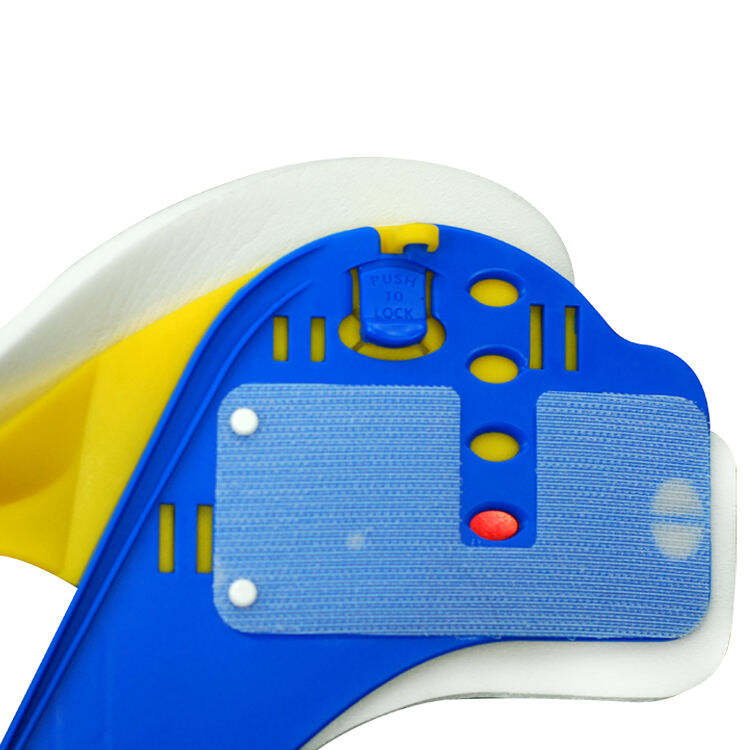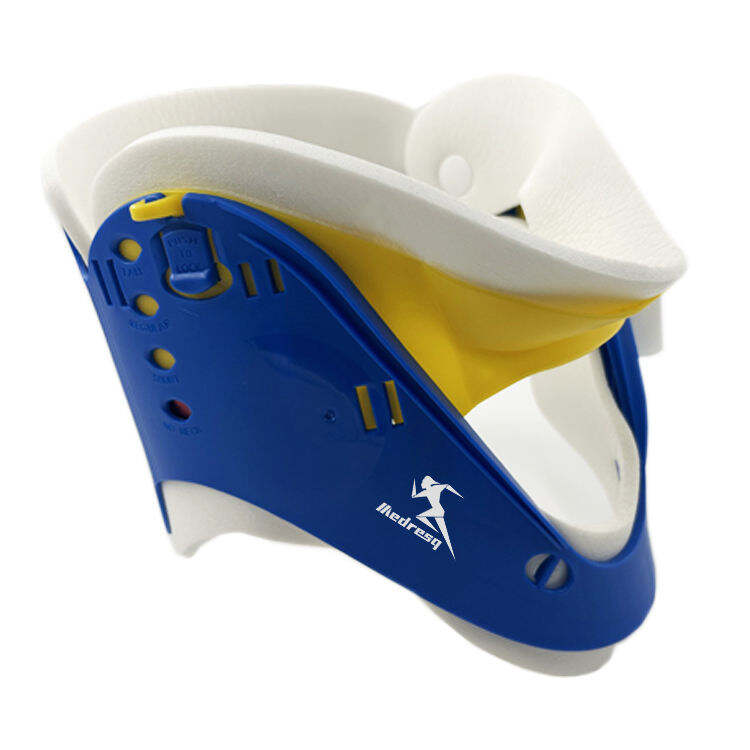The accident may involve neck injuries that are serious and attention should be given to such accidents. The cervical collar which is critical in immobilization of the neck, will prevent movements that may increase the injury. Cervical collars are the type of equipment that healthcare providers, emergency responders, as well as other people who may be bystanders are highly encouraged to learn to use. This article will help you know when the cervical collar should be used, when it can be used and how to properly put it without obstructing airway of a patient.
Understanding the Indications for Cervical Collar Use
It is important to understand the need of using a cervical collar before its application. Cervical collars mostly come in handy in a case of:
1.Trauma Injuries: Severe trauma related to either a car accident, falls or sports related injuries may require application of a cervical collar when the person presents with a pain in the neck, inability to move neck, numbness or shock of the person and indication of a trauma of the head or neck.
2.Suspected Spinal Cord Injury: In case of suspected injury of the spinal cord which is usually detected by symptoms such as tingling, weakness, or paralysis, immobilization will be a priority in order to ensure that no more nerves get injured.
3.Sudden Unconsciousness or Altered Mental Status: An unexplained loss of consciousness denotes a possible head or neck injury so a cervical collar should be applied until an assessment has been made as to whether the spine is affected or not.
4.Neck Pain or Stiffness: Permanent neck pain or neck stiffness is a reason to consider the use of a collar to reduce the risk of adverse outcomes before medical inspection.
That is why it is also important to realize those indicators in order to find out when it is reasonable to use a cervical collar so that this procedure might be effective in the safety and recovery of the patient.

Step-by-Step Guide to Securing the Collar Without Compromising Airway
The placement of the cervical collar should be precise as this should lead to the immobilization without damaging the airway. The collar should be applied this way:
1.Prepare the Collar: Even before getting to the patient, ensure that the cervical collar is prepared. The majority of collars are either adjustable down. Choose one that would easily fit on the neck of the patient with little space.
2.Inform the Patient: when the patient is awake, warn them about what you are going to do to make them calmer and comfortable in order to earn cooperation and avoid anxiety and movement.
3.Maintain Stabilization: Turning around with the help of a colleague, stabilize the head and neck of the patient with hands and make the position neutral. The stabilizer must kneel on top of the head of the patient.
4.Position the Collar: Put the second half back first and make sure that you do not move the patients neck when putting it back on as well as not lifting his or her head. The assistant must keep the head in the same position.
5.Fit the Collar: Turn the front of the collar to the back so as to fit it under the chin. Velcro fasten it but beware not to post into the airway. The collar must be not only tight but not tight that it becomes uncomfortable and creates hitching in breathing.
6.Check the Fit: The collar should not move the head of the patient forward or backward. The chin is supposed to be comfortably resting in the chin support. The collar should not be loose in the sense that you can fit two fingers under it, nor should it be too tight.
7.Reassess and Monitor: Regularly recheck the airway, breathing and circulation of the patient (the ABCs of emergency care). Become prepared to accommodate the collar in the background of airway compromise, until you relate the emergency medical services.
8.Seek Professional Medical Attention: It is just a first aid step to avoid further damage using a cervical pillow. Make sure that the patient gets professional medical check-up and treatment as early as possible.

The use of cervical collar is an essential technique used in emergency setting as it prevents further injuries to people with possible neck injuries. When you know how and when to incorporate the use of a cervical collar, you make an essential contribution to patient safety and general treatment of neck injuries. Nevertheless, never leave them behind without extra professional medical treatment to further ascertain that the patient will be evaluated and treated comprehensively.
 EN
EN
 FR
FR
 DE
DE
 IT
IT
 JA
JA
 KO
KO
 RU
RU
 ES
ES
 AR
AR
 BG
BG
 HR
HR
 DA
DA
 NL
NL
 FI
FI
 EL
EL
 NO
NO
 PL
PL
 PT
PT
 RO
RO
 SV
SV
 TL
TL
 ID
ID
 SR
SR
 UK
UK
 VI
VI
 SQ
SQ
 TH
TH
 TR
TR
 AF
AF
 MS
MS
 CY
CY
 IS
IS
 HY
HY
 AZ
AZ
 KA
KA
 MN
MN
 MY
MY
 KK
KK
 UZ
UZ
 CS
CS



